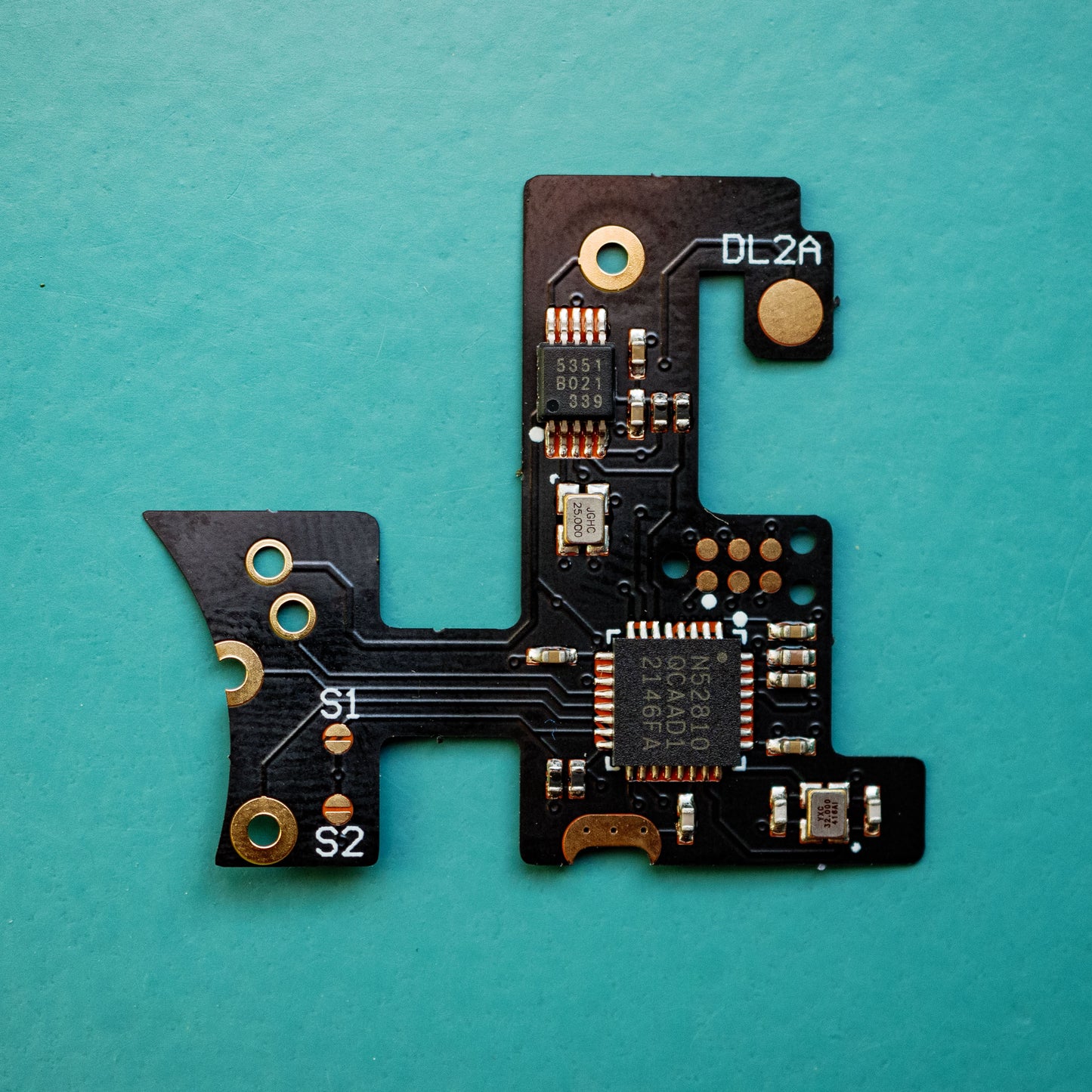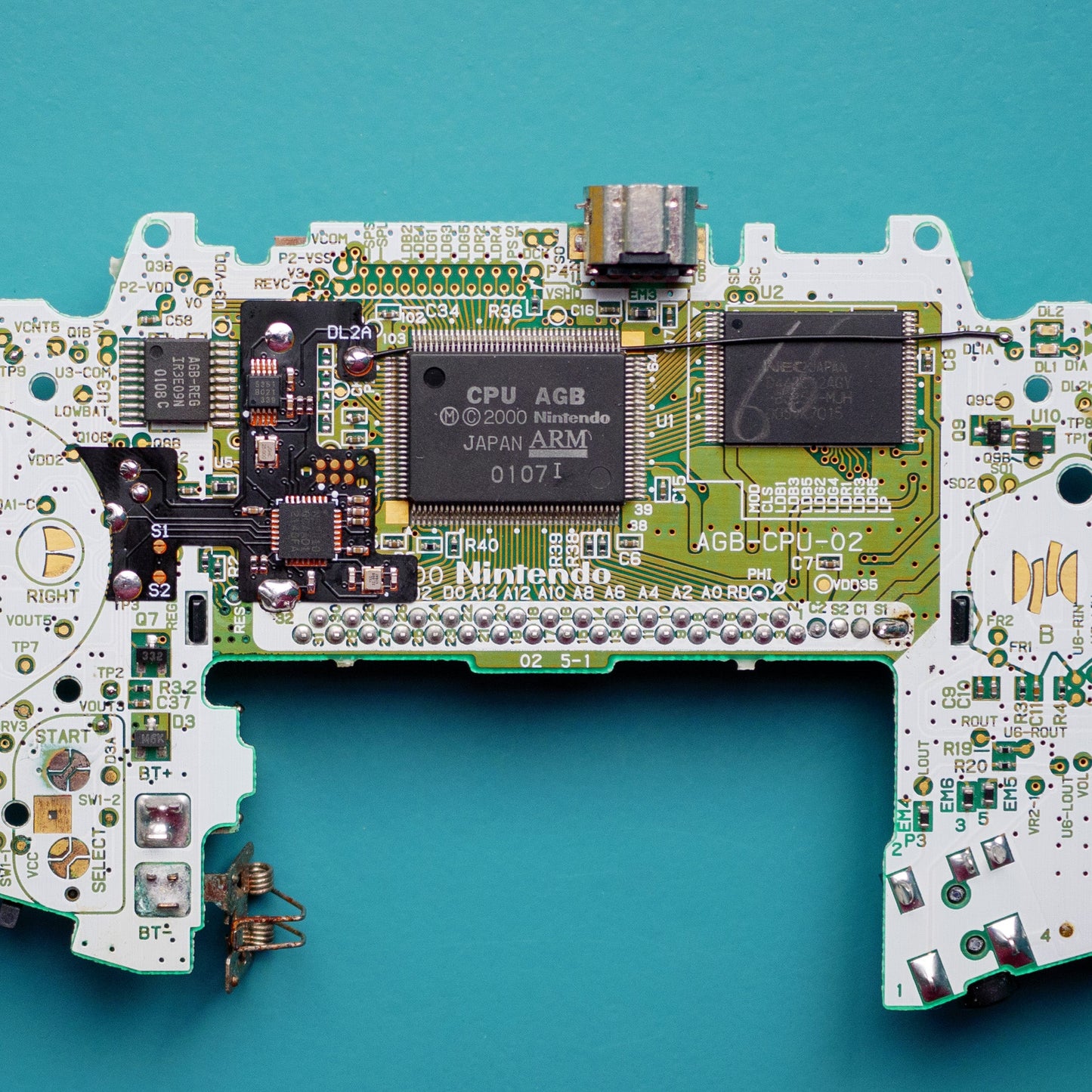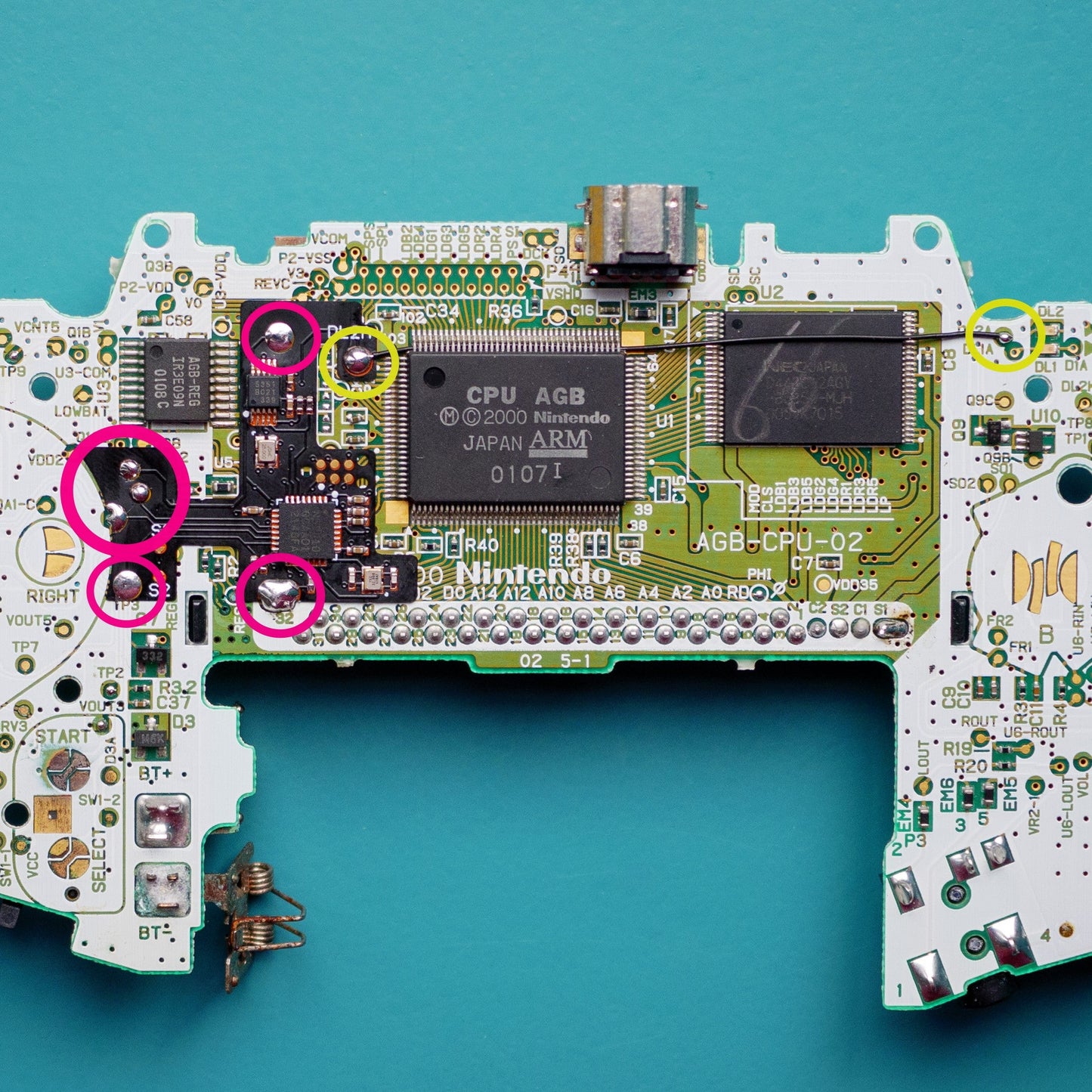1
/
of
6
My Store
Gameboy Advance Overclocker Flex
Gameboy Advance Overclocker Flex
Regular price
£20.00 GBP
Regular price
Sale price
£20.00 GBP
Unit price
/
per
Taxes included.
Shipping calculated at checkout.
Couldn't load pickup availability
***US customers – All import duties are included in the cost, there will be no additional fees to pay on delivery***
robot_retro GBA Overclocker Flex Mod
Easily overclock or underclock your Game Boy Advance to speed up or slow down gameplay—with a simple, streamlined installation that eliminates most manual wiring (except for an optional LED indicator wire).
Key Features
- Supports adjustable clock speeds at 30%, 50%, 75%, 130%, 150%, and 170% of the base clock.
- Increase speed: Press Start + Up
- Decrease speed: Press Start + Right
- Optional LED indicator connected to test point DL2A (wire is included):
- Power LED blinks faster when overclocked
- Power LED blinks slower when underclocked
- Solid green LED at base (stock) speed
- Top speed limits configurable to 170%, 150%, or 130% depending on your screen setup:
- Default max speed: 170% (compatible with stock LCD, Funnyplaying v2, Hispeedido Laminated v5)
- Bridge solder jumper S1 to limit max speed to 150% (for Hispeedido v2 non-laminated)
- Bridge solder jumper S2 to limit max speed to 130% (for Funnyplaying 3.0 inch laminated)
Other Benefits
Ultra-low power consumption: <15mA (measured with Nordic Power Profiler Kit II)
Extremely accurate base clock: 4.194 MHz ±0.01%, matching the original GBA crystal at stock speeds
Installation Instructions
YouTube install guide from JoeBleeps is here.
- Remove the original GBA crystal. (Recommended: Use a hot air station for clean removal.)
- Install the flex mod following the photos.
- Solder the 6 points highlighted in pink circles.
- Use flux for best soldering results.
- (Optional) Connect the flex mod to test point DL2A (yellow circles) to enable the LED speed indicator.
Speed Limiting Jumpers
- Bridge solder jumper S1 to cap speed at 150%
- Bridge solder jumper S2 to cap speed at 130%
Developed in collaboration with RJS FPGA.
Share
No reviews










